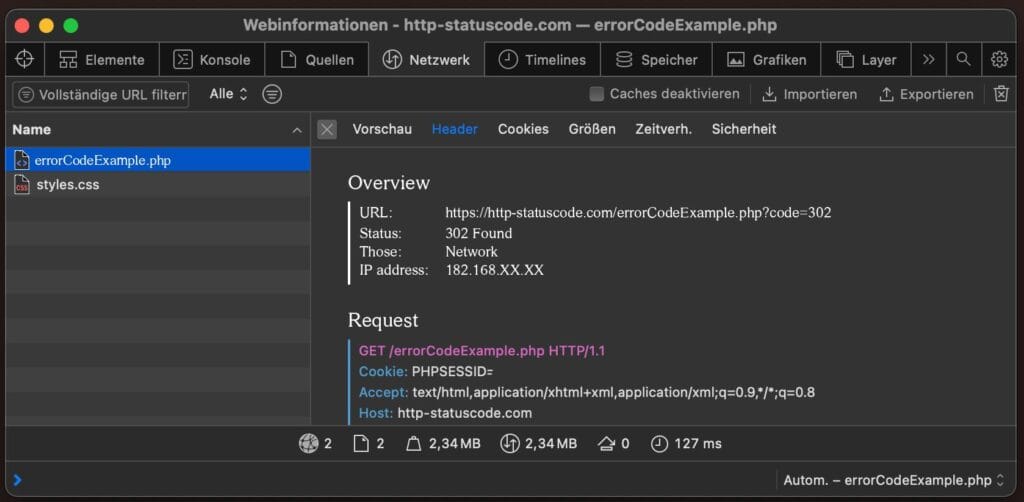
A 302 is not an error message. It is a signal. A temporary workaround, intended for situations where the original page continues to exist as usual, but is now temporarily unreachable, or should not be displayed for a while.
The 302 status code tells browsers and crawlers, "look here now, but don't forget this address." So unlike a 301, the original URL is NOT abandoned. And that's exactly the point.
Why does the 302 redirect exist?
Say you temporarily replace a product page with an out-of-stock notification. Or you put a test environment online without losing your real page in Google. Then you want to redirect traffic, but not permanently. You want to keep the existing URL in the index, not push your authority, and be able to seamlessly switch back later.
That is the work of a 302 redirect.
It is often underestimated, or misused. In many CMSs, all you see is "redirect," with no explanation. Then it only matters whether you set a 301 or a 302.
How does status 302 work under the hood?

The server receives a request for a URL and responds with:
HTTP/1.1 302 Found
Location: https://voorbeeld.nl/tijdelijk
The browser follows the new path. The user doesn't notice anything. The search engine usually doesn't either. But underlying, the old URL remains leading. No index change, no link value transfer. And that's exactly what you want with a temporary change.
When do you choose 302 (and not 301)?
Use a 302 redirect as:
- Your content is temporarily located somewhere else
- You put a test, campaign or A/B page online
- Customize your routing based on login status, language or session
- You maintain the original page
Never automatically choose 302 "because it sounds safer." A redirect is only correct if it reflects the intent.
301 vs 302: how do you make the distinction?
The difference revolves around expectations.
- A 301 says: this page has been permanently moved. Search engines may index, transfer value, and forget about the old URL.
- A 302 says: this change is temporary. The original URL remains active and remains leading.
Are you using it the wrong way around? Then you run the risk of Google deleting or indexing pages you really just wanted to skip. That could cost you rankings, or create content you don't want in search results.
How do you check which redirect is active?

Use DevTools in your browser, or a terminal with curl -I. You will then see immediately whether you are using a status 302 deal with. Tools like Screaming Frog or Redirect Path make it visually transparent. And if you set up redirects via a plugin: always check the type actually sent by the server, not just what you check in the CMS.
In conclusion
The 302 is not a fallback. It is not an alternative to doubt. It is a technical choice, intended for a specific purpose: to temporarily redirect traffic without changing anything structural.
If you use it right, you maintain control. If you use it wrong, you are at risk.